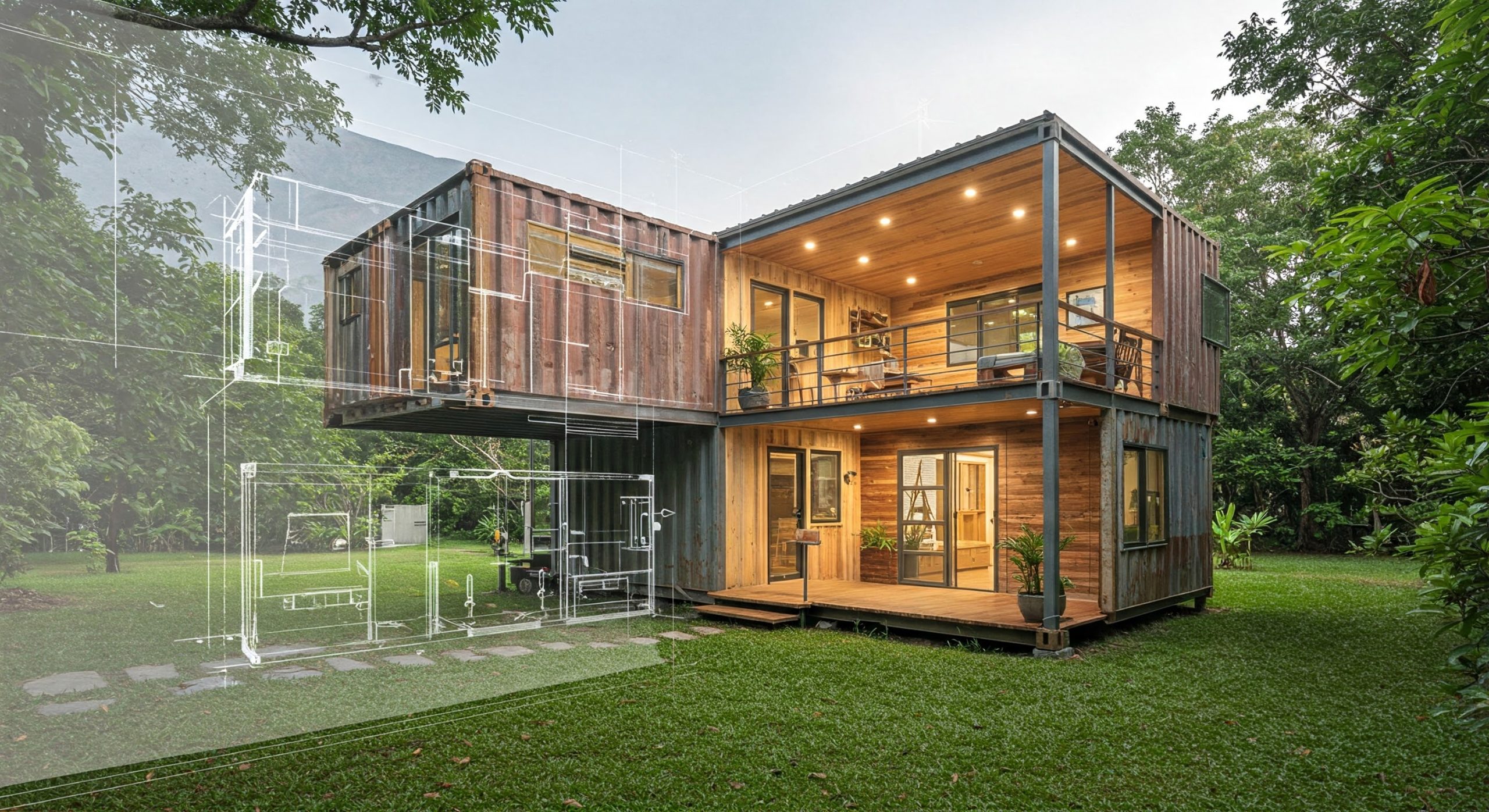Build the Space Before You Step Into It
Most conflict conversations go off the rails not because people are terrible communicators, but because the space isn’t ready.
Imagine inviting someone into a room that hasn’t been built yet. No walls. No roof. No furniture. Just wind, noise, and confusion. That’s what most conflict conversations feel like—an emotional construction zone with no blueprint.
People don’t need drama. They need a container.
What’s a Container, Really?
Think of it like architecture. Before anything meaningful happens inside a building, someone has to create a space that holds it—a space that gives shape, safety, and purpose. The same is true of hard conversations.
A conversation container is a shared agreement:
- Why are we talking?
- What are the rules of engagement?
- What does success look like?
Without that structure, even the best intentions can turn into accidental wreckage.
In Real Life: Only Murders in the Building
In Only Murders in the Building, three misfits decide to start a true crime podcast. At first, they’re stumbling through stairwells, whispering in elevators, and wildly speculating in their own echo chambers. It’s chaos.
But when they create a process—when they sit down, define the goal, and agree on how they’ll operate—they become a team. The structure allows collaboration. Without it? Just noise and crossed wires.
The same goes for resolving workplace tension. If you don’t agree on the container, you’re just wandering around an emotional building with no walls.
How to Create the Container
- Set the Purpose
“I’d like us to have a conversation about the tension that came up in the meeting last week. I want us to be able to work better together moving forward.” - Get Consent to Enter
“Is now a good time, or would another time work better?”
Ambushes belong in reality TV, not your leadership toolkit. - Define the Shape
“Let’s both have time to share our perspective without interruptions. Let’s aim to understand each other before jumping to solutions. That sound fair?” - Agree on Boundaries
- Stick to personal experience (no mind-reading)
- Focus on behavior, not identity
- Take a pause if it gets too heated
- Avoid digging up five-year-old grievances
It’s not about controlling the conversation. It’s about designing a space that can actually hold it.
Why It Matters
When teams skip this step, conflict either explodes or simmers. People talk past each other. Defensive walls go up. Feedback becomes accusation. And nothing changes.
When the space is clear and safe? People show up differently. They listen. They reflect. They respond instead of react. And maybe for the first time, they feel heard.
Watch for These Cracks
- If one voice dominates, step in: “Let’s make sure we both have space.”
- If tension rises, slow it down: “Would a 5-minute break help us reset?”
- If the conversation spirals: “Let’s come back to what we’re trying to solve here.”
Containers don’t guarantee resolution—but they make it possible.
Final Word: Don’t Pour Emotions into a Leaky Cup
You wouldn’t serve hot coffee in a napkin. Don’t pour vulnerable, high-stakes conversation into a space that can’t hold it.
Take time to build the container. Clarify the purpose. Define the space. Then step in—and have the real conversation.






